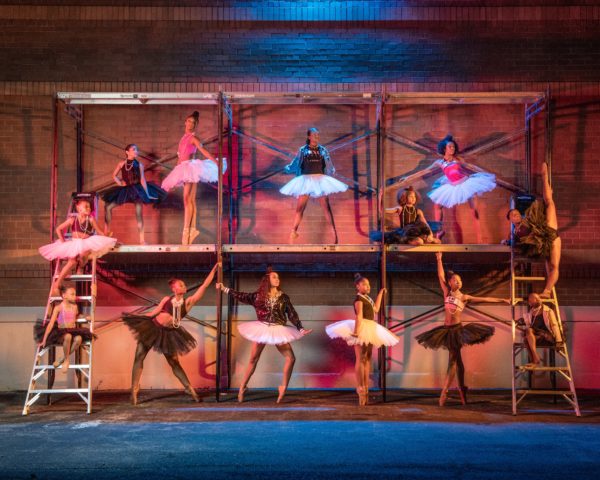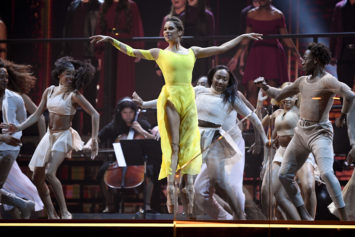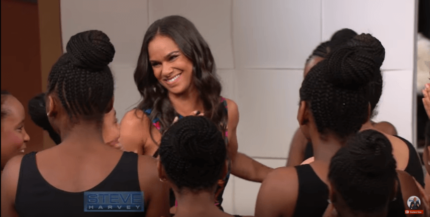When Robin Pitts, founder of the dance studio Dance Makers, started dancing at 7 years old she didn’t see many people on TV who looked like her.
Her mother wasn’t even sure she’d like dance, after it didn’t take with her older sister.
Still, the aspiring ballerina begged until her mother relented.

More than 30 years later, she still hasn’t stopped dancing.
“I’m a studio kid,” Pitts told Atlanta Black Star Nov. 12.
She’s focusing more on the administrative side of dance these days, having founded the Maryland-based Dance Makers studio in 2001 and leading the organization into its 18th year.
The company, a relatively small studio with about 400 students, competes against studios that sometimes have as many as 12,000 or 15,000 students.
It’s attracted prominent instructors from noted choreographer and Julliard-trained dancer Roger Jeffrey to Caroline Rocher Barnes, who studied at the Alvin Ailey American Dance Center before joining The Dance Theatre of Harlem.

“In our community those parents who want technique, they come to us.” Pitts said.
She started her company, which offers jazz, ballet and hip-hop, with a mission to introduce more technically trained Black ballerinas onto the dance scene.
“When we go to dance competitions we’re the minority,” she said.
It’s not uncommon to see Black band dancers or artists in other types of dance, but “you don’t see a lot of Misty Copelands,” she said.
Copeland became the first Black woman to be promoted to principal dancer in the 75-year-history of American Ballet Theatre on June 30, 2015.

“It’s important because I think we need to see brown people,” Pitts said. “I never saw that.”
Ballet’s “precise focus of synchronization and uniformed visual blending including skin tone” has made it a difficult task for brown ballerinas to be as accepted and rise in premier ballet, according to a Dance Makers news release.
“For years Brown ballerinas have been told that their skin tone disrupts the visual uniformity of performances,” the company said.
In her documentary “A Ballerina’s Tale,” Copeland and other Black ballerinas spoke about the struggles they faced fitting into a ballet culture in which their skin colors and bodies weren’t widely accepted.

“I didn’t fit the mode,” Copeland said in the documentary. “Based on my body type, pedigree and background, I should not have been part of one of the greatest ballet companies.
I don’t think the classic ballet will ever accept me, I’m Black, I have a large chest, and I’m muscular.”
Pitts said the lack of diversity in dance has also been a major obstacle for her company when it comes time to recruit new students.
“We can go to competition and compete against one studio and beat them,” Pitts said, “and parents will go right over to them.”
She said some organizations don’t even offer the same quality of instruction, but people are “more forgiving.”
“And that bothers me,” Pitts said.
Pitts said she wants to put her company on a larger platform and one day have her studio featured on a reality TV show, but her most immediate goals are preparing her students for the real world.
Getting a college degree has to be part of that preparation because dance has a “very short lifespan,” Pitts said.
“There’s no way for us to survive. We need our education in order to be a competitor,” the entrepreneur said. “We have to do everything three times as hard.”


